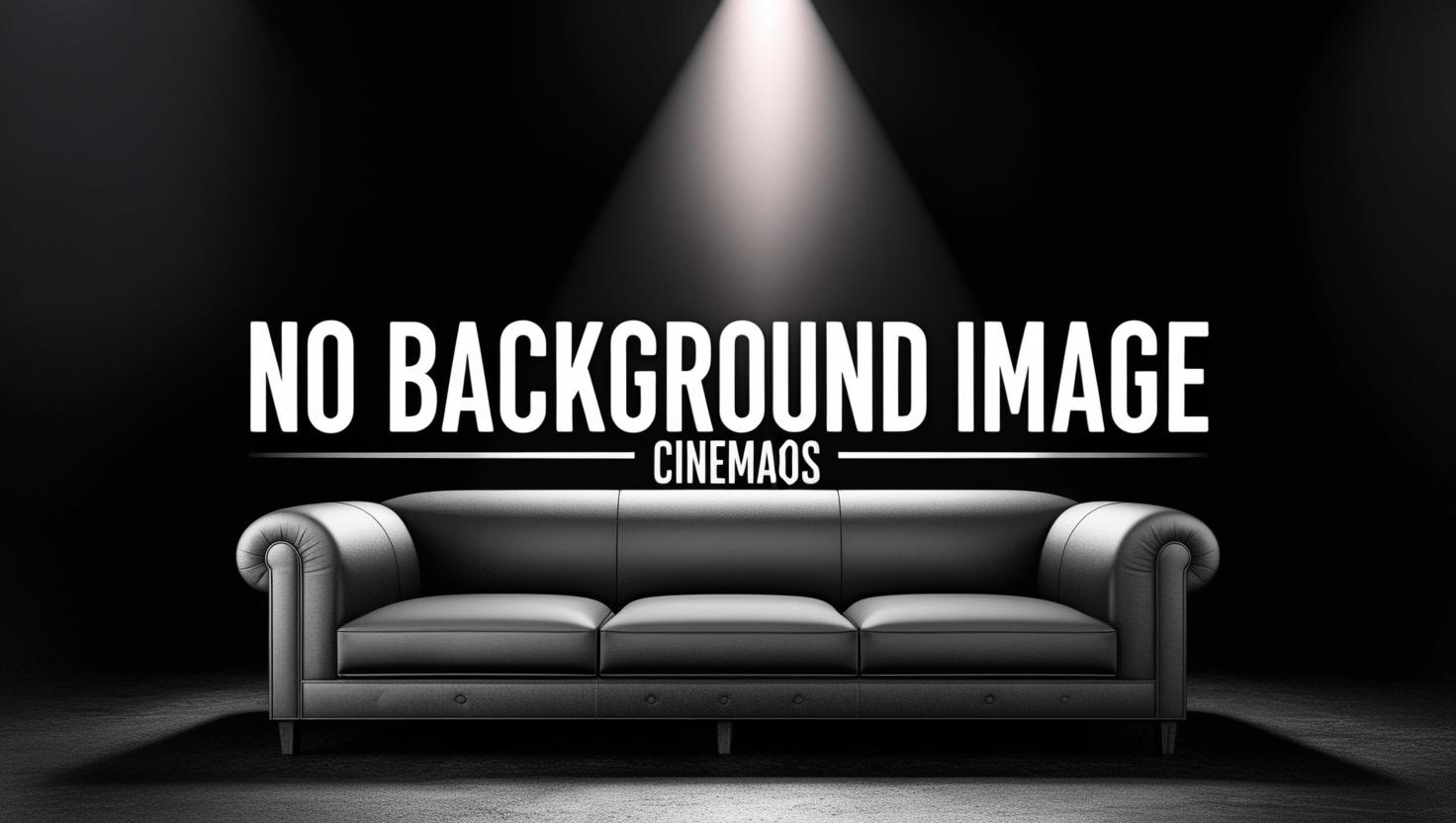
Stop the Movie (Cruising)
"No More Shit!"
1980
0h 11m
0.0(0 votes)
Documentary
Overview
A short film documenting street protests against the filming of William Friedkin's Cruising (1980)

"No More Shit!"
A short film documenting street protests against the filming of William Friedkin's Cruising (1980)